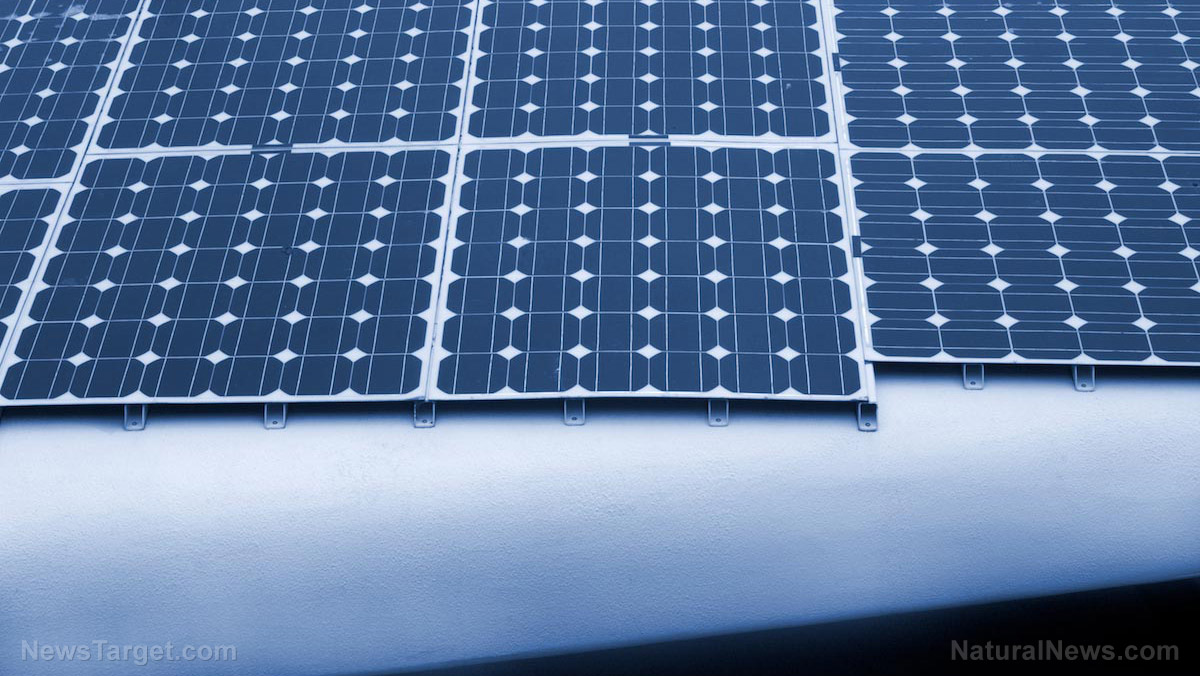Wind power is a type of renewable energy that generates electricity with wind turbines and windmills. It has become one of the most popular types of clean energy. In fact, new wind power installations reached 7 gigawatts (GW) in 2017, according to the American Wind Energy Association. Wind now makes up six percent of total power generation in the U.S.
However, according to Home Power magazine’s senior editor Michael Welch, wind power is not a practical option for most households.
The Department of Energy recommends a minimum average wind speed of 10 miles per hour for a grid-connected wind turbine, which is not the case in most places with wind energy. The majority of American cities fall short by that measure: Average annual wind speeds in New York City are about 9 mph and about 7.5 mph in Los Angeles.
Even if you happen to be living in a particularly breezy part of the world, the wind turbines have to be placed in lofty or wind-swept locations such as hilltops, plains, and oceanfronts for optimal function. Places such as forests, valleys, cities, and suburbs will not be good locations to install wind turbines, as the surrounding structures like buildings, or geographical features such as trees and hillsides can easily block the wind and reduce the generated energy.
Installing wind turbines
If the above-mentioned conditions have not discouraged you from getting your own wind turbine, Welch describes other guidelines for properly installing one. According to him, you will need a really tall tower – typically 80 to 120 feet tall. You will also need to be prepared to climb up that tower for regular maintenance, or you get a tilt-up turbine that is easier to access from the ground.
Residential wind turbines are expensive as well – typically costing $40,000 to $60,000 to install – though tax credits can offset some of the outlay. Experts recommend that you buy one which was certified by the Small Wind Certification Council. Turbine manufacturers include Bergey Wind Power, Britwind and Xzeres Wind.
“These things add up to relatively high cost and effort,” said Welch. “Most people who want to make their own energy don’t want it to become an expensive hobby and are better off with photovoltaic systems if they have good sunlight. Solar is relatively inexpensive, reliable and maintenance-free.”
But he added, “If you do have a good wind site and plenty of room for a tower and turbine, and you have the interest and wherewithal to take it on, using the wind can be very interesting and rewarding, even fun, for wind nerds.”
Other considerations before installing your own windmill
Still determined to get your own wind turbine? Check out some more considerations to think about before installing one:
- Wind is unpredictable. There will not be a steady flow of wind power all the time; it’s availability tends to fluctuate. Wind energy may not be suited as a base load energy source. (Related: Wind power will worsen climate, scientists find.)
- Manufacturing and installing wind turbines require heavy financial investments. It would take a wind turbine of about 10 kilowatts (kW) and $40,000 to $70,000 to become a net electricity producer. Investments like this typically break even after 10 to 20 years.
- Noise is a regular problem for people living in close proximity to wind turbines. Installing wind turbines in urban settings is not advisable.
If you’re still determined to generate your own power with wind energy, Homesteading.com shares some tips on how to install a DIY windmill.
Harnessing clean, free, and renewable energy is a great way to practice sustainable living. For an alternative energy source, a DIY wind turbine can come in handy. To learn more about this and other types of clean energy, visit Power.news.
Sources include:
NYTimes.com
Homesteading.com
EnergyInformative.org



















